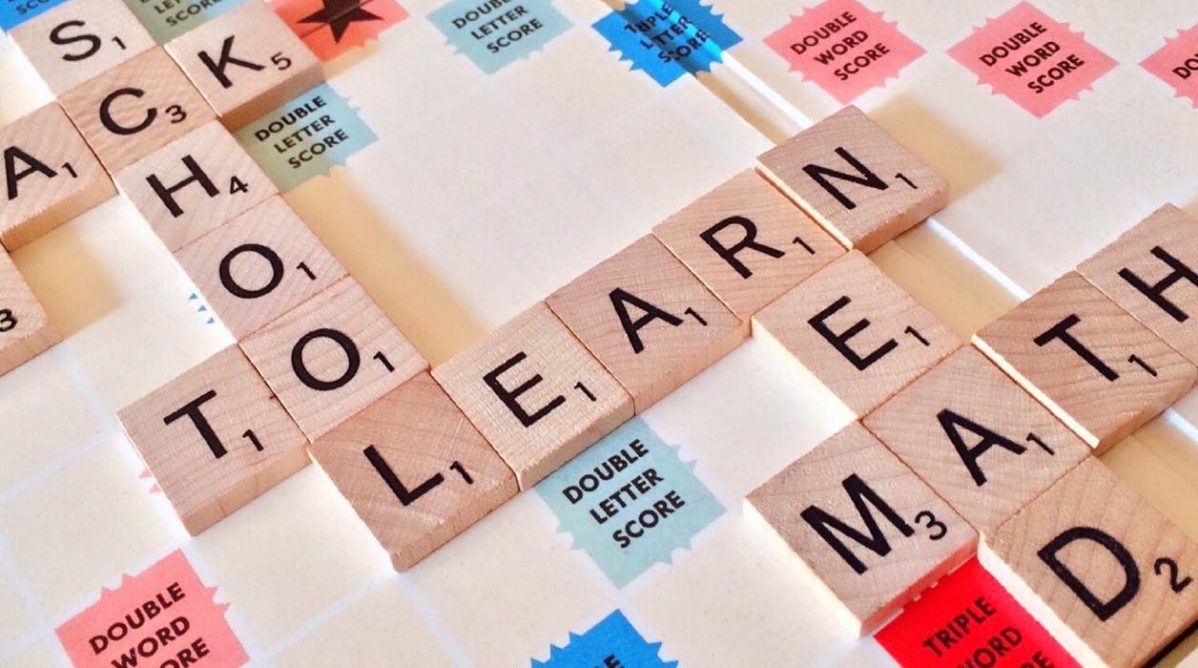Retiring early is a dream many aspire to, but only a few achieve. It’s a goal that requires not only disciplined savings but also a strategic approach to financial growth. For those aiming to retire in their 30s with a million dollars in the bank, the journey involves meticulous planning, investment savvy, and lifestyle adjustments. Here, we outline a comprehensive guide to amassing that coveted seven-figure sum before hitting the fourth decade of life.
Understanding the Financial Independence, Retire Early (FIRE) Movement

The FIRE movement has gained momentum among young adults who wish to retire early and live off their savings and investments. The core principle is to live frugally, save a significant portion of your income, and invest wisely to create a portfolio that will support your living expenses indefinitely.
Setting a Million-Dollar Goal

To retire with a million dollars, you must first understand what it takes to reach that goal. This means calculating your current expenses, projecting future costs, and understanding how inflation affects your savings. A million dollars may seem like a lot, but when spread over a retirement that could last 30 years or more, it needs careful budgeting.
Maximizing Income Streams

The more you earn, the more you can save. This simple truth is at the heart of accelerating your journey to a million dollars. We advocate for diversifying income through multiple streams—this could mean advancing in your current career, starting a side hustle, or investing in income-generating assets.
The 50/30/20 Rule for Budgeting

A popular budgeting method is the 50/30/20 rule, where you allocate 50% of your income to necessities, 30% to wants, and 20% to savings and investments. For those aiming for early retirement, tweaking these percentages to increase savings is crucial.
Frugality as a Lifestyle Choice

Frugality is not about pinching pennies; it’s about making conscious spending choices. It’s essential to differentiate between needs and wants and to focus on value over cost. Frugal living doesn’t mean deprivation; it means prioritizing financial freedom over immediate gratification.
Investment Strategies for Growth

Investing is the engine that drives your savings from modest beginnings to a million-dollar reality. We recommend a diversified portfolio that includes stocks, bonds, and real estate. The key is to start early, take advantage of compound interest, and stay consistent.
The Power of Compound Interest

Albert Einstein reportedly called compound interest “the eighth wonder of the world.” By reinvesting the returns you earn on your investments, you benefit from growth on not just your initial principal but also the accumulated interest from prior periods.
Tax-Advantaged Retirement Accounts

Maximizing contributions to tax-advantaged retirement accounts like 401(k)s and IRAs is a smart move. These accounts offer tax benefits that can significantly enhance your savings growth over time.
Living Below Your Means

One of the most effective strategies for early retirement is consistently living below your means. This doesn’t mean living a life devoid of enjoyment but finding satisfaction in less materialistic pursuits and making the most of what you have.
Debt Management

High-interest debt is a roadblock on your path to a million dollars. Prioritizing debt repayment, particularly for debts with interest rates higher than what you can expect to earn from investments, is a critical step.
Emergency Funds and Insurance

An emergency fund is your financial safety net, preventing you from dipping into your investments during unexpected events. Similarly, the right insurance policies can protect your financial plan from unforeseen medical expenses or liabilities.
Education and Career Advancement

Investing in your education and skills can lead to higher-paying job opportunities. Career advancement is a powerful tool for increasing your income and, consequently, your ability to save and invest.
Real Estate and Passive Income

Real estate can be a valuable addition to your investment portfolio, providing both appreciation and passive rental income. It’s a tangible asset that can serve as a hedge against inflation and contribute to your income streams in retirement.
Monitoring and Adjusting Your Financial Plan

Regularly reviewing and adjusting your financial plan is vital. Life changes, and so should your financial strategies. This includes rebalancing your investment portfolio, adjusting your savings rate, and staying informed about financial trends.
Discipline

Achieving the milestone of retiring in your 30s with a million dollars in the bank is more than a financial target; it’s a testament to personal discipline and strategic foresight. It requires a steadfast commitment to financial literacy, an unwavering dedication to frugal living, and a proactive approach to income generation and investment. This journey is not just about reaching a number; it’s about creating a sustainable lifestyle that can support your long-term financial independence.
Flexibility

As you embark on this path, remember that flexibility and adaptability are your allies. Economic climates change, personal circumstances evolve, and financial markets fluctuate. Staying informed, seeking advice from financial experts, and being willing to adjust your strategies are crucial components of ensuring that your retirement plan remains robust and responsive to the changing tides of life.
Values, Goals & Vision

Retirement planning is not a one-size-fits-all endeavor. It is deeply personal and should align with your values, goals, and vision for the future. Whether you dream of traveling the world, pursuing passion projects, or simply enjoying the peace of mind that financial security brings, the principles outlined here can serve as a blueprint for your early retirement plan.
In conclusion, the dream of early retirement is within your grasp.
The Biggest Sign of Divorce Men Never See Coming

In the intricate dance of marriage, partners often focus on footwork, forgetting that the music sets the rhythm. It’s in the subtle change of tune where the biggest sign of divorce may resonate—a sign that men, in particular, may not anticipate. We delve into the heart of relationships to uncover this elusive signal, offering insights that could steer couples away from the precipice of separation.







